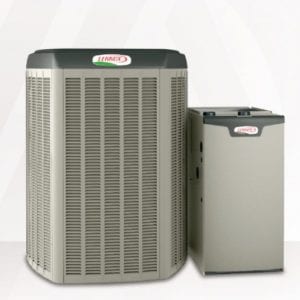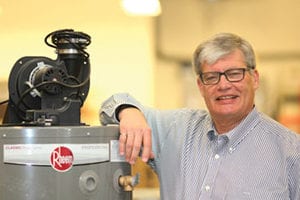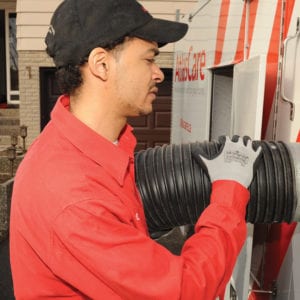Rental Furnaces and Air Conditioners
The whole issue of renting furnaces and air conditioners has been getting a lot of attention lately – largely for the wrong reasons.
One reason why so many companies, including the big water heater monopolies, have gotten into renting furnaces and air conditioners is that they made so much money renting water heaters. While the Ontario government passed a law some time ago to protect consumers from door-to-door sales agents trying to switch their hot water heaters, the door was left open on other equipment, which is another reason we are hearing so much about it.
Do you know someone selling a home?
The issue of furnace and AC rentals is too big to tackle quickly, but I wanted to provide some information to help our customers and their families avoid some of the pitfalls with some rental contracts, especially if you are looking at selling a home.
We have recently become aware of the potential challenges with rental contracts that occur when you go to sell your home. Better real estate agents are advising customers to make vendors buy out their rental contracts. They have done the math and figured out that it is not a good deal to assume someone else’s rental contract. The buyouts with some contracts can still be very costly, even after several years of ownership. The initial capital cost that you agreed to can be as much as 50% higher than the cost of purchasing the system outright. After five years of paying $150/month or more to rent, you might still have to pay more to buy out the contract than the equipment was originally worth.
Rental companies can register a lien against your home
These rental contracts are rock solid and there is no getting out of them. In fact, these companies can register a lien against your property to protect their interest. It’s a high price to pay for short term cost certainty.
New home builders like rentals a lot. They get to reduce their costs without having to reduce their prices. This makes first time homebuyers particularly vulnerable, since most of them often move up within five years of their initial purchase. The end result: when they go to sell their home, they find out they have a lot less equity in their home than they thought.
So, if you have children who are buying their first home, please advise them to be careful so they are not taken in. We’ll be watching this issue closely and providing more information to help our customers and families in the future.






